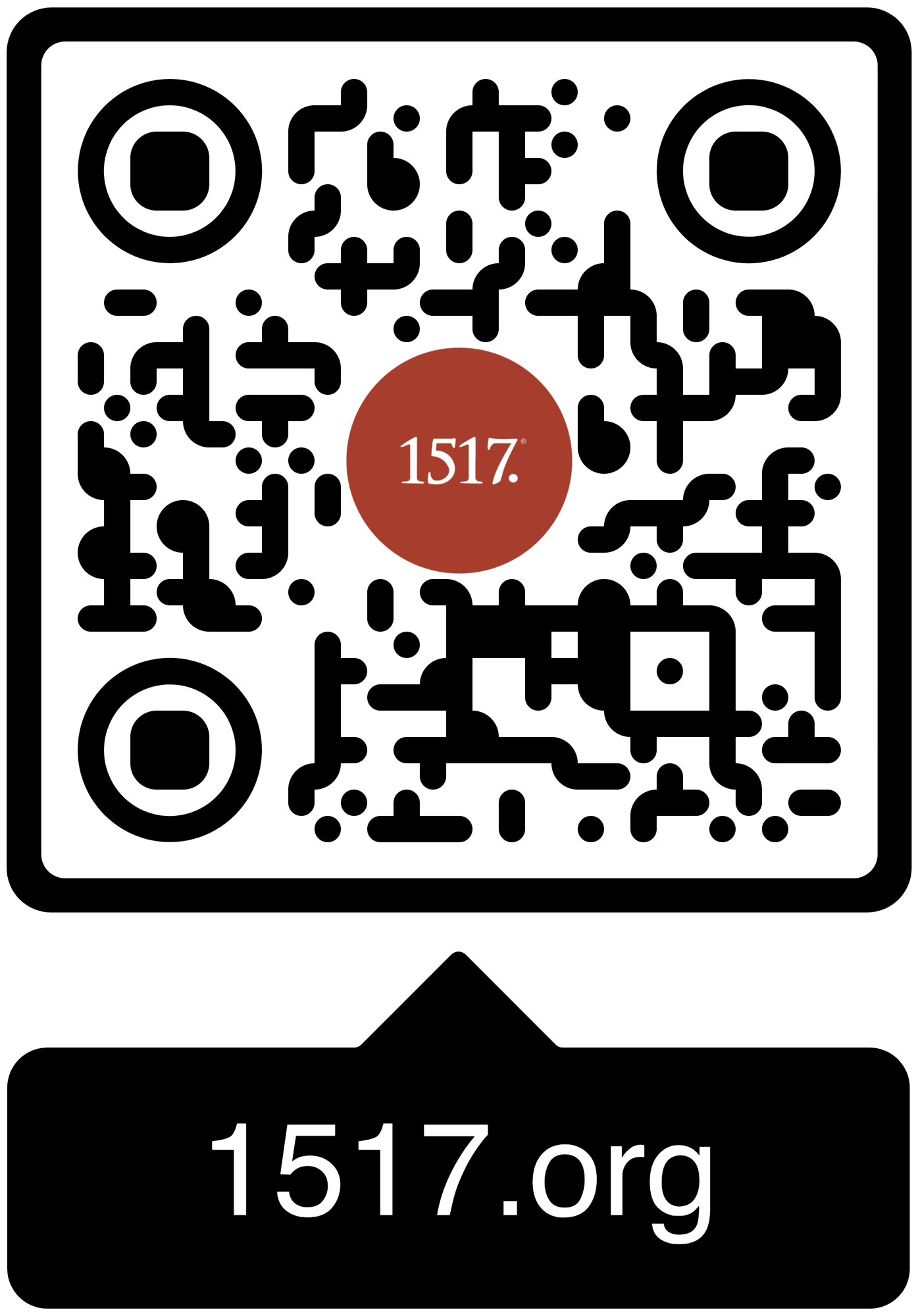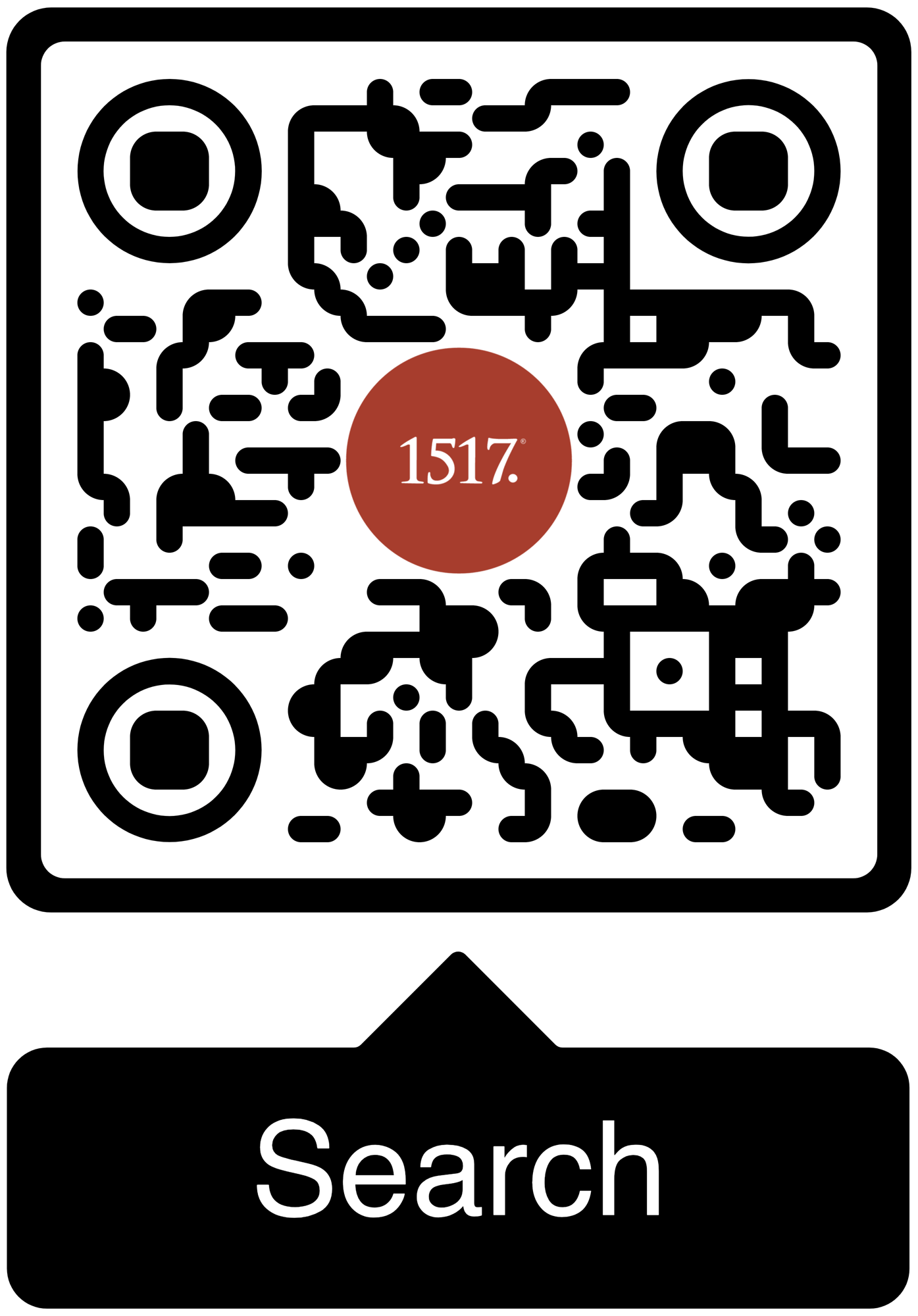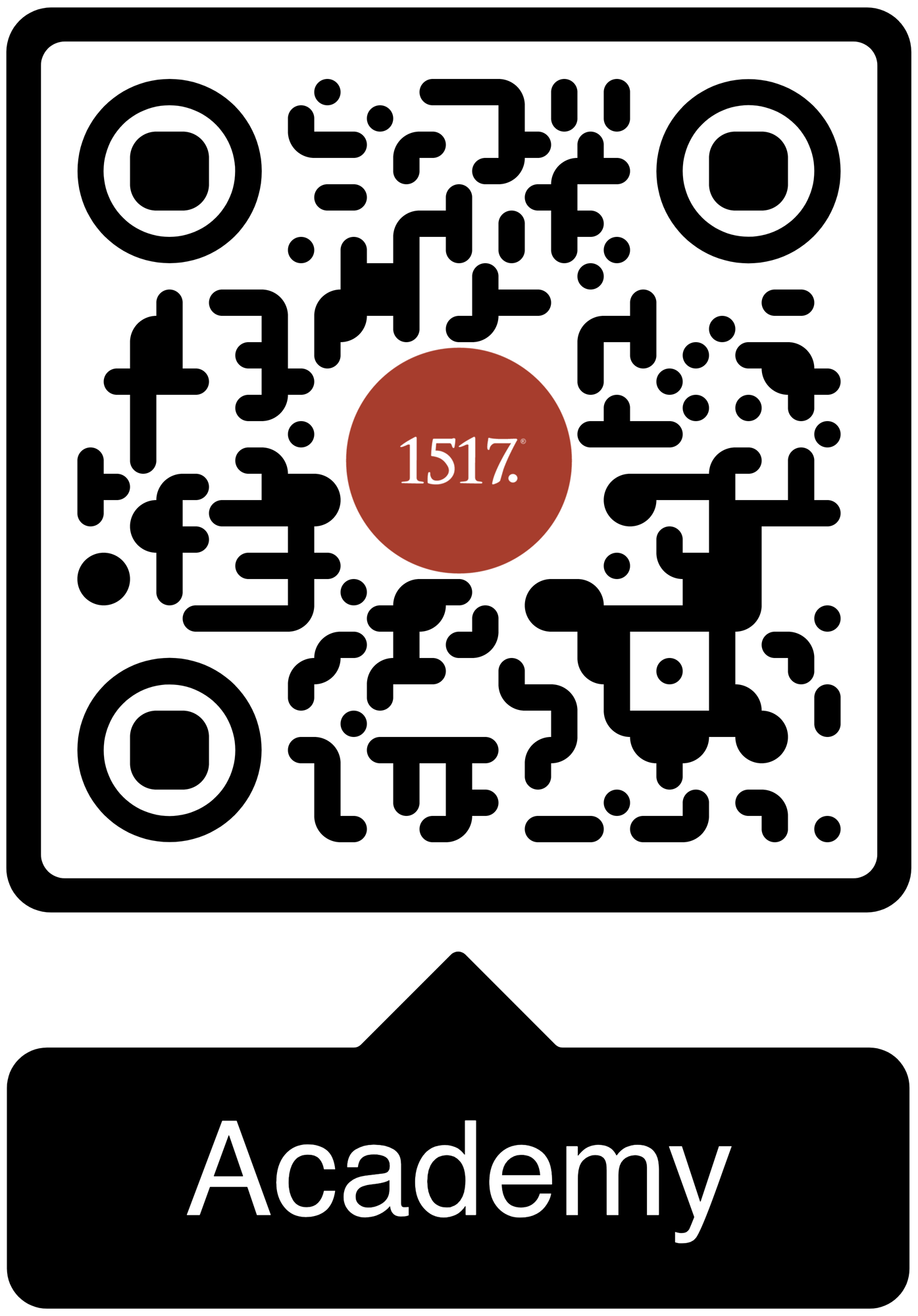All the contradiction turns to praise when we see how God has reconciled us through Jesus’ death and glorious resurrection.
Our reading for this Sunday opens with Peter testifying in Jerusalem before a group of assembled critics. There was no bigger debate in the church in Acts than the issue of whether the faith was for Jews only or if it were to include Gentiles as well, who would remain Gentiles. The circumcised believers were critical of Peter, asking, “Why did you go to uncircumcised men and eat with them” (11:3)? In the book of Acts, the Church was not so shy when sharing their differences. Maybe that is something we have in common with them. We may paint our smiles on our faces like Easter eggs, even as we continue having major differences with those sitting around us at church. Today, in this text, we are invited to voice our concerns, not avoid them.
Conflict needs to be reconciled not ignored. The key to reconciliation, though, happens with the guidance of our appointed Psalm for the day. In Psalm 148, we are invited to, “Praise the Lord” (verse 1) for all the complexity and variety He has given in His creation. All the contradiction turns to praise when we see how God has reconciled us through Jesus’ death and glorious resurrection. Salvation was never going to be for one part of God’s creation, or one tribe, or one group of agreeable people. Salvation was always meant to be for all peoples and nations. All of Creation will, “Praise the Lord,” for the “horn of salvation” (verse 14) raised up in the resurrection of Christ from the grave.
The obvious bridge between the appointed Psalm and the Acts reading is the “beasts and all livestock, creeping things and flying birds” (verse 10) that praise the Lord, which Paul saw on the sheet being taken down from Heaven. However, the psalm has a grander vision of creation joining in the chorus of praise for the great salvation of God. Praise goes forth from the heavens (verses 1-6) and from the ends of the earth (verses 7-14). Not one single part of creation is left out. William P. Brown points out how the traditional enemies who show up in the Psalter (foreign rulers, feral animals, “the wicked”) are at peace in the psalm’s depiction of salvation as redemption and reconciliation rather than as a victorious conquest.1 Here you could develop the theological confession of “Reconciliation with God” in order to create meaningful moments of connection for your hearers. Give them something they can take away and devote themselves to in practical and contemplative ways in their lives.
Psalm 148 is perfect for our Easter reading in the context of the Book of Acts. By the reversal of death in Christ’s resurrection, another voice can be added to the chorus of Psalm 148. The hymn “All Creatures of Our God and King,” in verse 6 invites death, its power broken, to praise God.
“And you, most kind and gentle death,
Waiting to hush our final breath,
O praise Him! Alleluia!
You lead home the child of God,
Where Christ our Lord the way has trod.
O praise Him, O praise Him,
Alleluia! Alleluia! Alleluia!”3
I cannot think of a better hymn to sing on this day. Whether it is during the service and/or in the sermon it is a wonderful Easter reminder to Praise the Lord with the whole Church, which includes all peoples, nations, tribes, and tongues.
The psalm’s vision of the final consummation of all things complements the eschatological note in the resurrection, which is reiterated in our other reading for the day: Revelation 21:1–7. The reconciled universe pictured in the psalm finds fulfillment in the Christian belief that, in Jesus Christ, God has set forth the purpose intended, from the foundation of the world, to unite all things in Him (Ephesians 1:3–10).
Since we are working with a Psalm, a song, and a narrative, perhaps a Law/Gospel Structure would work well for this sermon:
“This sermon structure organizes the sermon on the basis of two experiences that God’s Word creates in the lives of the hearers: Repentance and trust in the work of Christ for the forgiveness of one’s sins. This structure has similarities to the problem-solution structure (of the thematic designs) and the Lowry-loop structure (of the dynamic designs), and it has recently been popularized by Paul Scott Wilson in The Four Pages of the Sermon.
At its heart, the law/gospel sermon structure is divided into two parts, law proclamation and gospel proclamation, with greater attention preferably devoted to the gospel proclamation. In each section, the preacher references both the text and the lives of the hearers (sometimes starting with the text and then moving to the hearers; sometimes starting with the hearers and then moving to the text). The first portion focuses upon law proclamation: It depicts the sin or trouble that is present both in the life situation of the text and in the contemporary lives of the hearers. The second portion focuses upon gospel proclamation: It depicts God’s gracious intervention to forgive people their sins both in the life situation of the text and in the contemporary lives of the hearers.
In using this structure, the preacher needs to be careful that he is not misusing the text. For example, a preacher could select one word from the text (like “prayer”), and using that word create an experience of law for the hearers (for example, we do not always pray as we ought), and then an experience of gospel (for example, Jesus prays for us on the cross, asking God to forgive our sins for the sake of His suffering and death) regardless of what that word meant in its original context.”[1]
------
Additional Resources:
Craft of Preaching-Check out out 1517’s resources on Acts 11:1-18.
Concordia Theology-Various helps from Concordia Seminary in St. Louis, MO to assist you in preaching Acts 11:1-18.
Lectionary Kick-Start-Check out this fantastic podcast from Craft of Preaching authors Peter Nafzger and David Schmitt as they dig into the texts for this Sunday!
The Pastor’s Workshop-Check out all the great preaeching resources from our friends at the Pastor’s Workshop!
---------
1 Brown, William P. Seeing the Psalms: A Theology of Metaphor. Louisville, KY: Westminster John Knox Press, 2002. 162–66.
2 Francis of Assisi. “All Creatures of Our God and King,” translated by William H. Draper, in Lutheran Worship. St. Louis: Concordia Publishing House, 1982. #436.
3 https://concordiatheology.org/sermon-structs/dynamic/lawgospel-structure/





